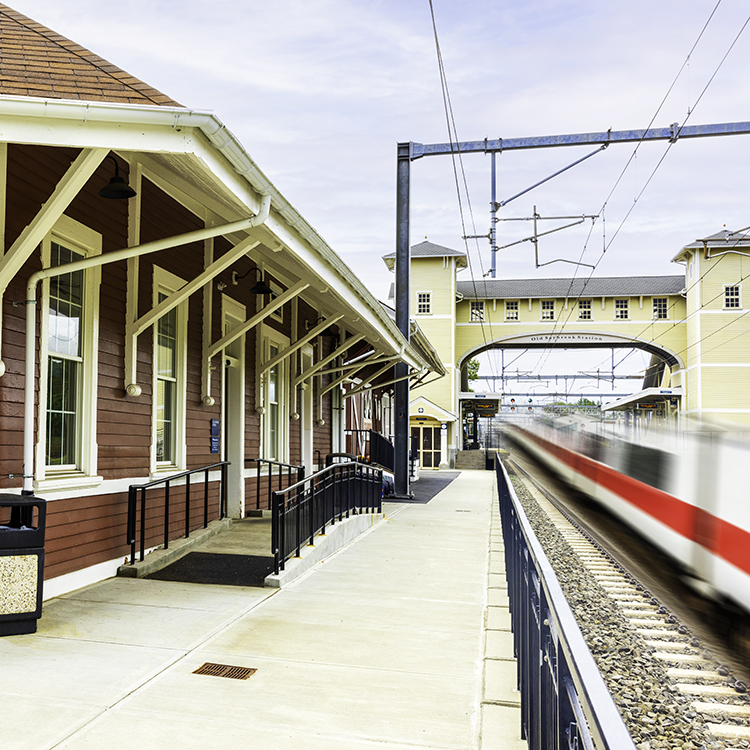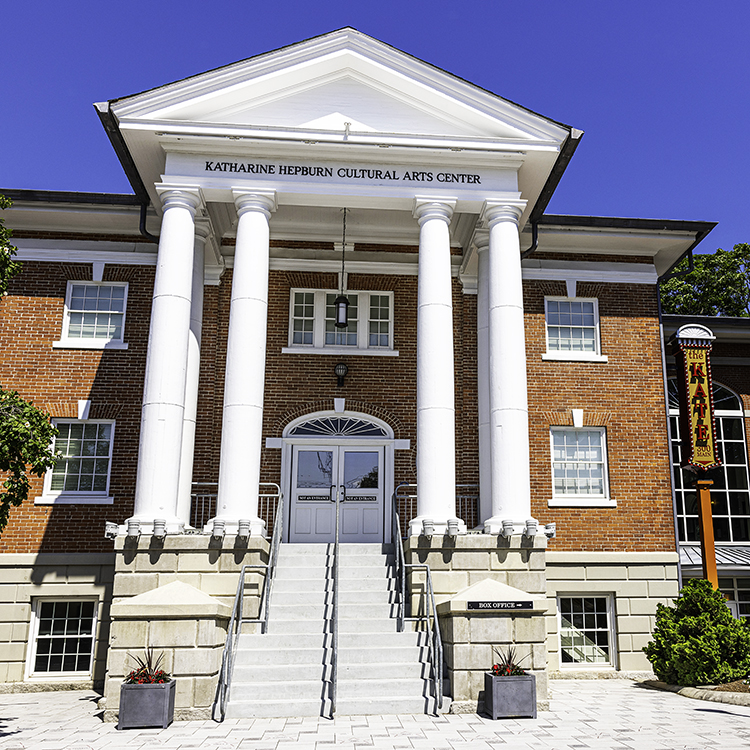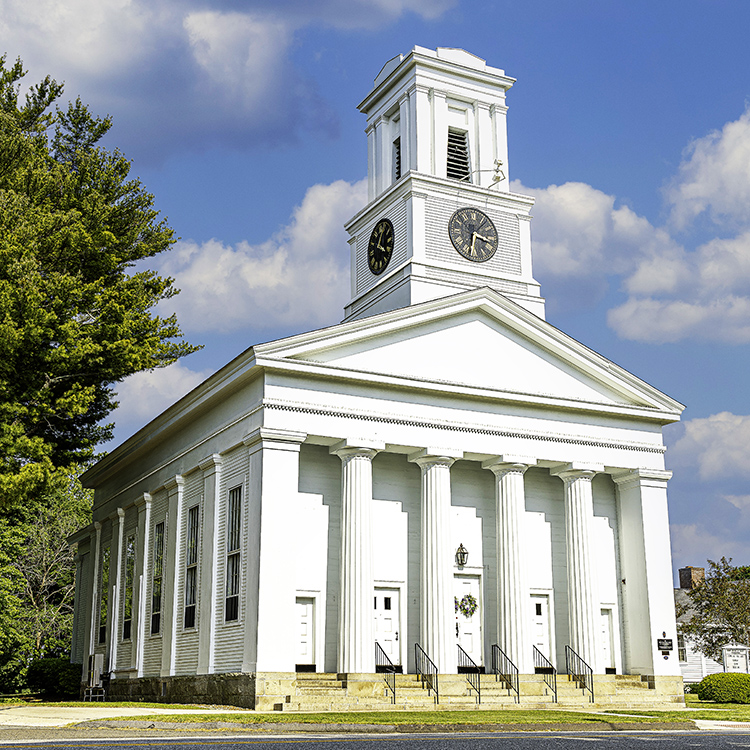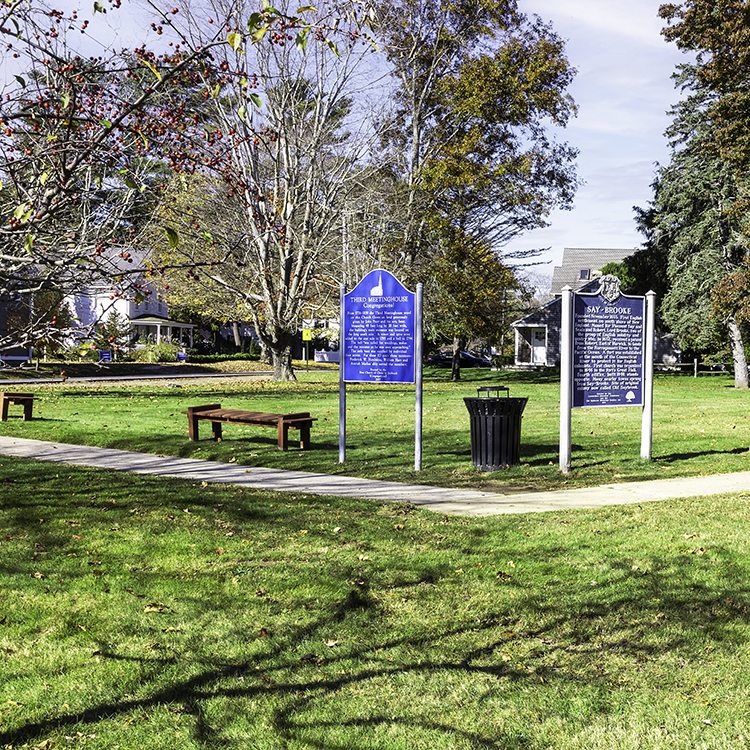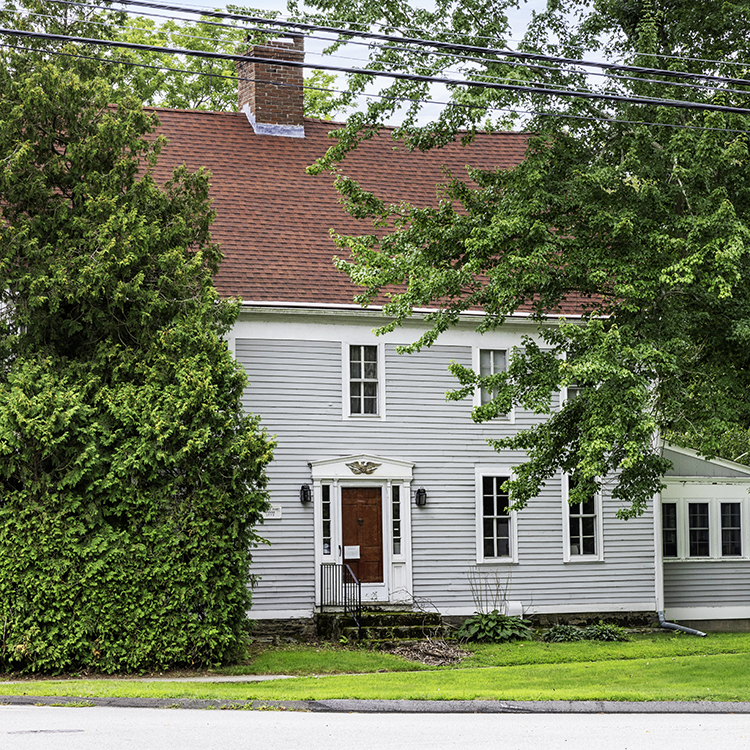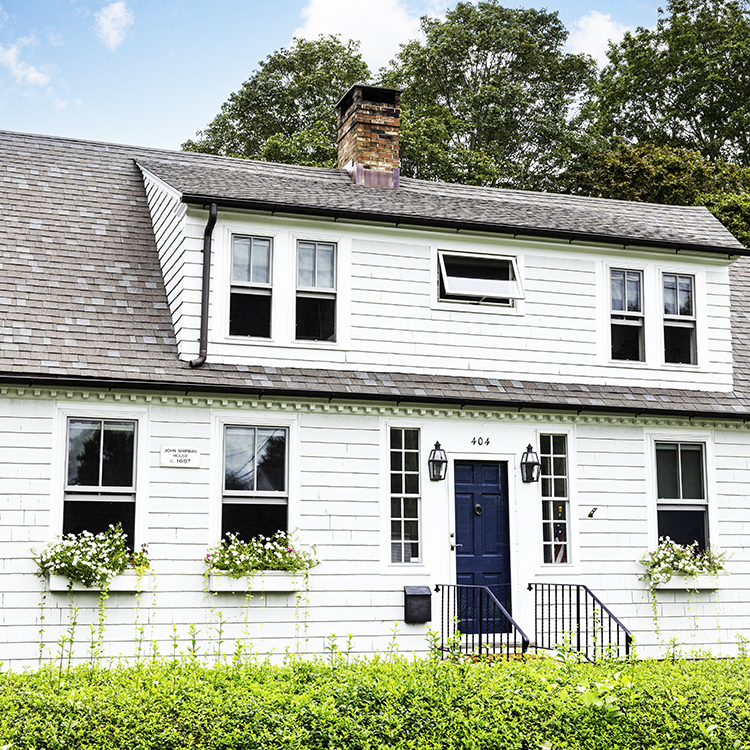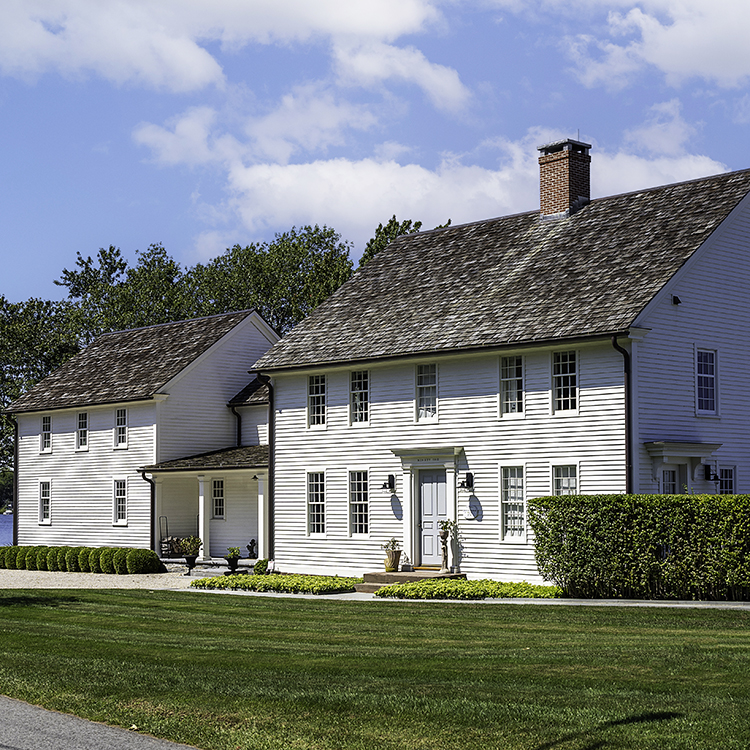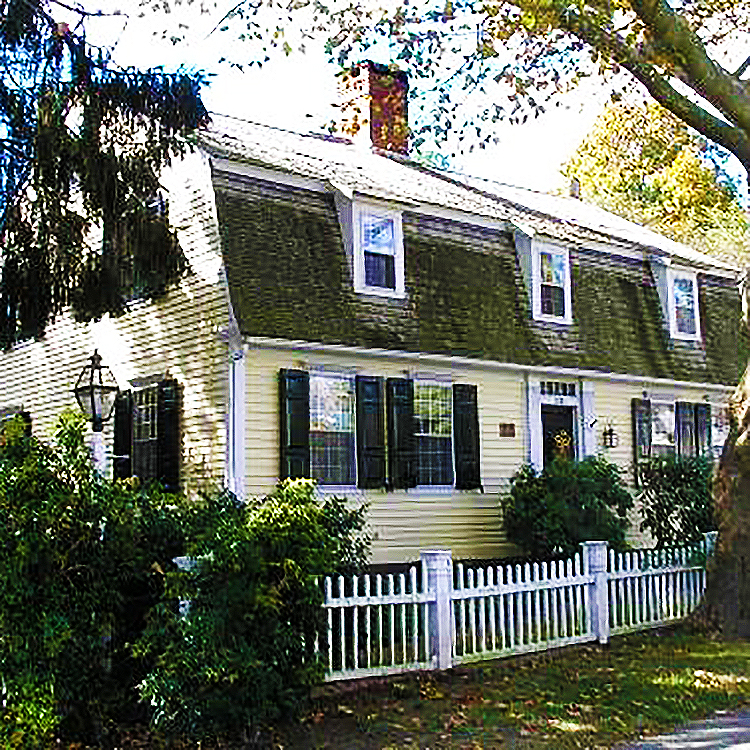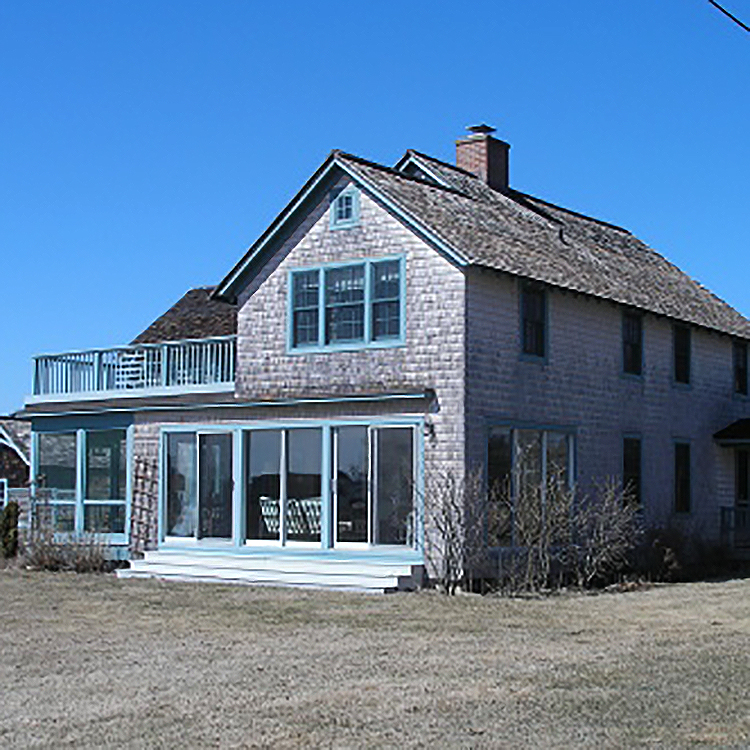This is an online listing of numerous Old Saybrook historic homes and sites. The first 52 locations replicate the printed Self-Guided Tour, available as a walking or biking tour, from the train station to Saybrook Point; a collaboration between the Historical Society and the Chamber of Commerce. Additional historic homes, located all around Old Saybrook, have been added to this online version. The majority of these locations are private properties and not open to the visitors.
Click on the interactive Google map of the Guided Tour to follow along, find more information, and see images of each location. Below is a full list.

